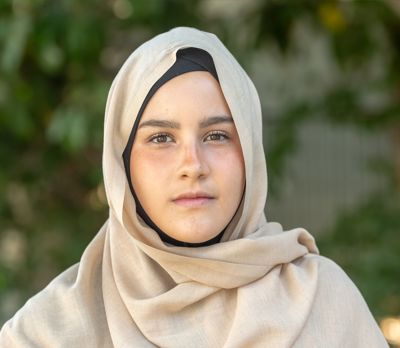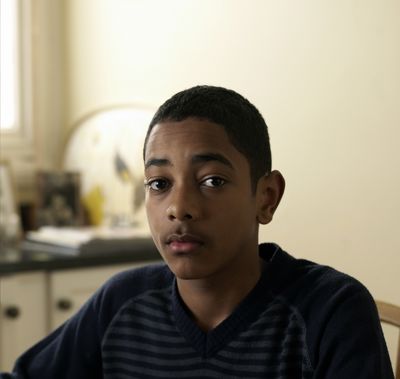Falling through the cracks: Why young people struggle to transition to adult mental health services
06/11/2024
Sarah was just 17 when she learned she would need to transition from children's mental health services to adult care.
Having built trust with her Children and Adolescent’s Mental Health Services (CAMHS) team over three years while managing her anxiety and depression, the idea of starting fresh with a new service felt overwhelming.
-
It was like being pushed off a cliff…I'd finally found support that worked for me, and suddenly I had to start all over again.
Each year, thousands of young people face the challenging transition from CAMHS to Adult Mental Health Services (AMHS). This critical handover often coincides with other major life changes – starting university, entering the workforce, or moving away from home – making an already challenging time even more so.
Many young people experience poor continuity of care after reaching the CAMHS transition boundary, with some falling through the cracks entirely. While recent years have seen some progress in improving these transitions, the gap between children's and adult services remains one of the most significant challenges in our mental health system.
So why are young people still being left behind?
One of the problems is that there is quite a big difference in the model of care delivered by CAMHS and AMHS. While CAMHS often works with families and schools alongside young people, AMHS operates on a more individualistic model. This shift can be jarring for young people who are used to having their support network actively involved in their care.
Another critical issue is the different thresholds for support between services. Some young people who qualified for CAMHS find themselves ineligible for AMHS, creating a dangerous gap in care precisely when they need it most.
For those who do qualify, lengthy waiting times between services can lead to disengagement and deteriorating mental health.
What’s the impact on young people?
Without proper support during this transition, young people can experience worsening symptoms, disrupted education or employment, and strained relationships.
The consequences can echo through their adult lives, affecting their ability to maintain work, form relationships, and manage their mental health effectively. Some young people end up presenting in crisis situations after disengaging from mental health services after their transition from CAMHS.
What’s being done about this?
The NHS has introduced guidelines requiring CAMHS to:
- Discuss transitions with young people at least six months in advance
- Assign coordinators to support the transition process
- Create detailed care plans outlining a young person’s support needs, crisis procedures, and family involvement preferences
- Assess the appropriateness of initiating the transition based on the needs and circumstances of the young person. Transitions can be initiated between the ages of 16 and 25
- We know from our staff on the ground that these guidelines are not applied consistently
We need a mental health system that grows with young people, rather than forcing them to adapt to rigid service boundaries
This means ensuring a minimum of transition protocols are implemented across all services, ensuring adequate funding for supporting young people through the transition period, and promoting more flexibility around age boundaries that reflect individual needs rather than arbitrary cutoffs.
For young people like Sarah, these changes are urgently needed. Until then, we must continue to advocate for better support during this critical transition period.
Because when it comes to young people's mental health, we can't afford to let anyone fall through the gaps.
Looking to the future
While there has been notable progress made in recent years to expand access to mental health support for children and young people, there are still young people falling through the gaps and not receiving the help they need.
We need a whole-system approach to the children and young people's mental health system. A whole-system approach is one that that brings together the health, education, social care and charity sectors to bridge service gaps and reach the young people who are still missing out on care.
To read more about Rethink’s vision for a whole-system approach to mental health support for young people, have a read of our Towards a cohesive whole report and briefing document below.




